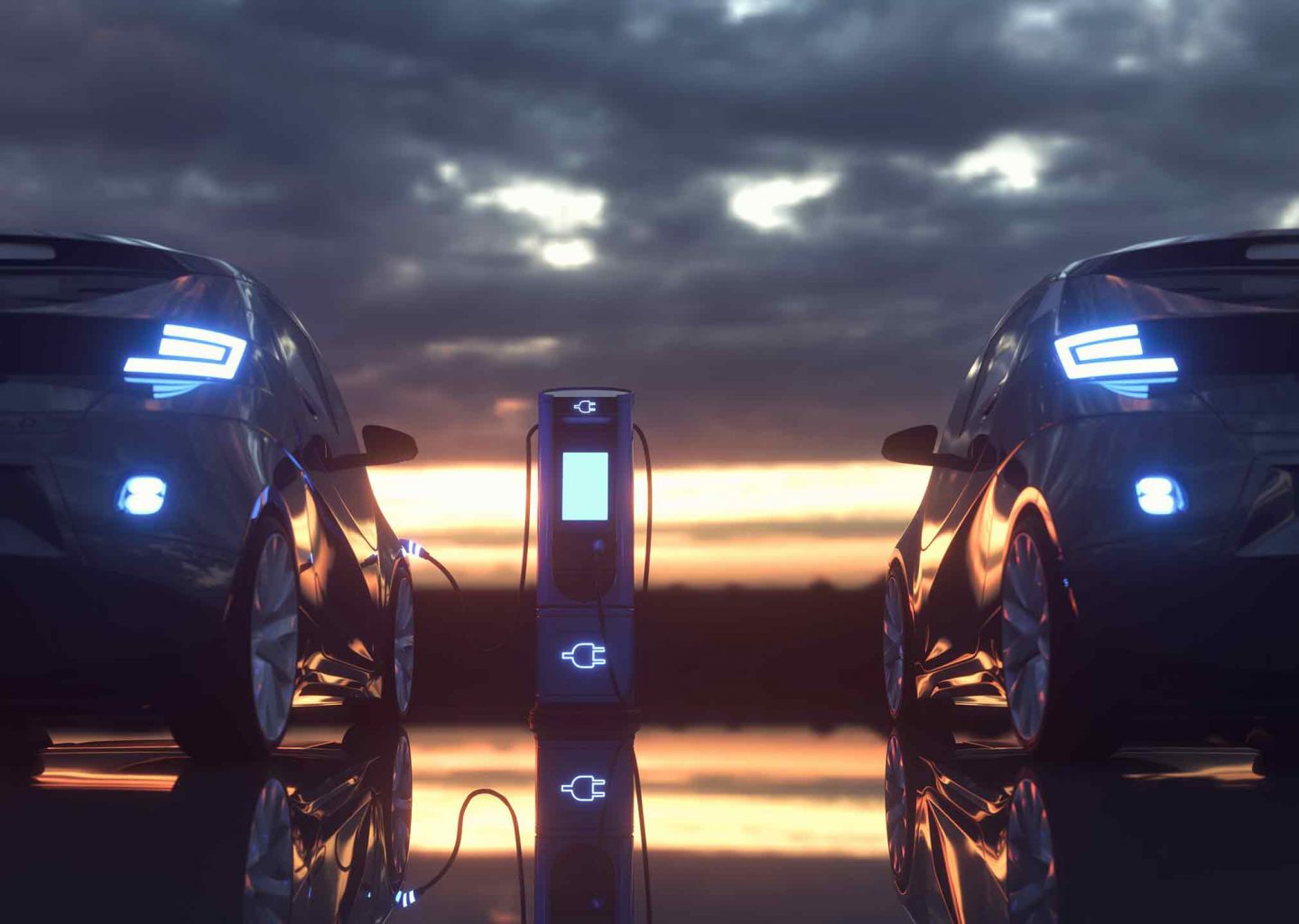By Katherine Loving
Last year saw a record increase in electric vehicle sales, and experts are predicting that many major vehicle manufacturers will only produce electric models by 2035. But what does electric vehicles’ impact on the grid look like?
A 2021 study by the Department of Energy showed that increased electrification, or replacement of direct fossil fuel use with electricity, would account for a 38% increase in electricity demand by 2050 — and EVs will play a major role in this increased electrification.
The need for more electricity will have a major impact on the nation’s grid, which means power supply and grid infrastructure must be carefully planned to accommodate the increased need for electricity.
EV charging presents new challenges in maintaining the electric grid. Fully charging an EV battery requires the same amount of electricity needed to power a home during peak energy use times. However, EV charging is a concentrated pull of energy over an extended period, which can add stress to the local power grid by increasing the amount of electricity a utility has to provide.
Additionally, the neighborhood transformer needs adequate capacity to handle the increased load. EV charging can shorten the life span of transformers by straining and overloading their capacity if they are not matched to a neighborhood’s energy needs.
Electric cooperatives are currently identifying ways to manage this new pattern of electricity use, although exact strategies will vary based on each utility’s unique needs. Analyzing energy load patterns or identifying where and when the local grid has spikes in demand can provide electric co-ops with data on where to place higher-capacity transformers. This analysis can also provide a picture of overall energy use and patterns to help forecast energy consumption for the future.
Planning system maintenance and upgrades are also part of that long-range forecasting; however, this has been recently complicated by supply chain issues for transformers with wait times that are upward of one year.
EV owners can play a role in reducing energy costs and system stress associated with charging. Some electric cooperatives offer a designated EV charging rate that you may want to consider. Typically, an EV rate incentivizes charging during the night, when electricity demand and wholesale energy rates are lower. Check with your electric cooperative to find out if it offers this incentive. Charging at night is also a great way to ease demand in your neighborhood, even without a special EV rate.
Another potential change on the horizon is a new energy peak time. EV drivers who plug in to charge as soon as they return home from work would create even more electricity demand during this busy time of day. But if EV drivers use a timer to schedule charging at night, the electricity demand could be spread over a longer period to reduce stress on the grid. This would be especially beneficial for neighborhoods with multiple EV drivers.
EVs are only expected to increase in number. Electric co-ops and EV owners both have roles to play in accommodating increased demand. If you own an EV, let your electric co-op know so it can better plan energy demand for you and your neighbors.
Katherine Loving writes on consumer and cooperative affairs for the National Rural Electric Cooperative Association.

